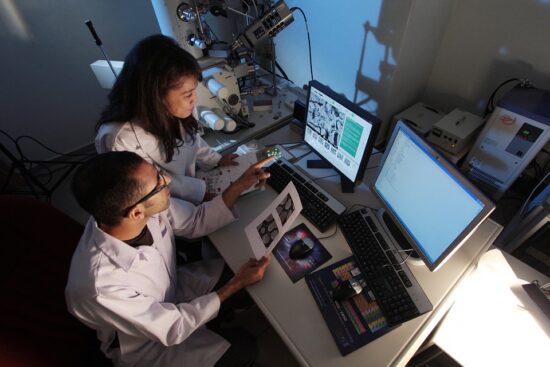Could a single synthetic molecule outsmart a variety of drug-resistant bacteria?
Researchers at Harvard and the University of Illinois at Chicago have developed a new molecule called cresomycin, which effectively vanquished multiple types of bacteria when tested in animals. Cresomycin belongs to a class of enhanced lincosamides and works by targeting a bacterium’s ribosome, the tiny protein factory tucked in every living cell. It is not yet a drug or close to being ready for clinical trials in humans. A nonprofit dedicated to fighting superbugs gave its Harvard creator $1.2 million this week to develop cresomycin and similar substances into new oral antibiotics. Cresomycin belongs to a class of antibiotics known as enhanced lincosamides and works by binding so tightly to the ribosome that it essentially negates the effect of the methyl group. This new molecule represents a promising step toward new treatments, as it represents a promising step toward new treatments for the growing number of antibiotic-resistant superbugs in the US.
AMR NEWS
Your Biweekly Source for Global AMR Insights!
Stay informed with the essential newsletter that brings together all the latest One Health news on antimicrobial resistance. Delivered straight to your inbox every two weeks, AMR NEWS provides a curated selection of international insights, key publications, and the latest updates in the fight against AMR.
Don’t miss out on staying ahead in the global AMR movement—subscribe now!






